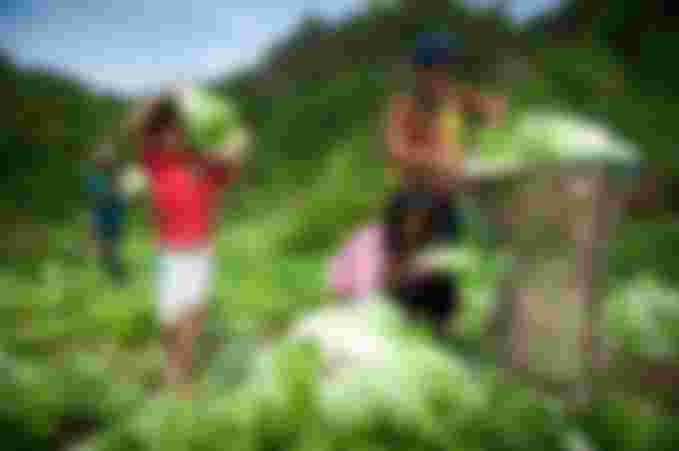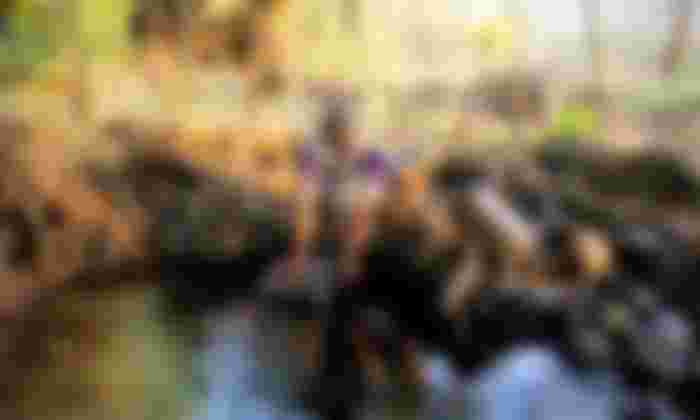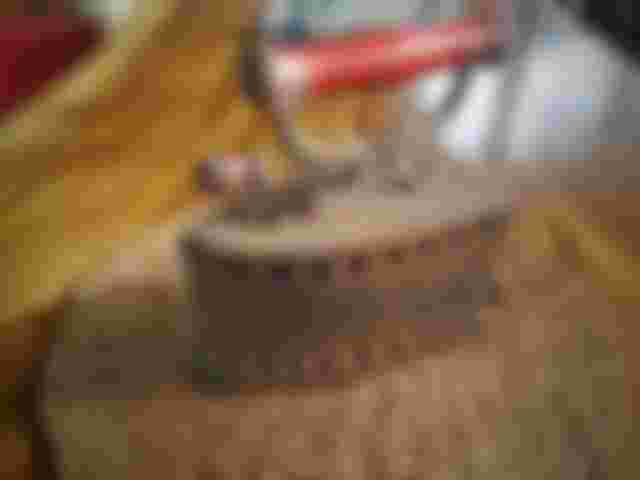A glimpse of our life in the mountains...
Article 02
March 13,2022Part 1.

I was born in one of the highest and coldest mountainous barangay of Cebu. My humble family earned a living through farming. Life in the mountains was never easy back then, but it was so simple and peaceful I'd wish I could go back to that time.
Water Supply

Our barangay is situated in a very high altitude that is why water supply can't reach there. The folks would have to walk kilometers away to a very rocky and sometimes muddy footpath just to fetch water from the nearest spring where fresh and cold drinking water's bundant. Men and even women would carry a "bukag" (a basket made of rattan or bamboo with a large mesh) where they load big gallons full of water. This would be used only for drinking. The water that we would use for cooking, washing dishes, and to water the plants on the farm would be taken from a "baril" or big clay jars placed under the downspouts of the roofs where rainwater was stored. As for our dirty clothes, we would spend a day once a week to wash them in a nearby spring. My older siblings would carry a load of dirty clothes on a "bukag" with their basins and soaps. The younger ones like me, would have to go with them to be able to have a formal bath for the week. It may sound funny but that's the truth. If you're wondering where, how and what we would do when we need to relieve ourseleves? Here's the secret. The houses in our barangay were sorrounded with vast farms. Some lands had farmers tending them but some were left barren. On these barren land, where tall weeds grew, we would dig pits to relieve ourselves, and of course, we'd bring along some big smooth leaves as our tissues. Sounds very economical and organic, right? After doing so, we would cover that pit with soil as if nothing happened. At night, we had what we call as "arinola" for urinating only. In the morning, we would add a lot of water into it and use the mixture to water the flowering plants. I remember my mother would tell us that it would be of great help for the plants to bear more flowers. Suprisingly, it really did, same reason why up until today, we're still practicing that though it seems odd to others.
Electricity

Due to our barangay's location, we don't have access to electricity back then. During the night, a "lampara " or kerosene lamp was our source of light. My older siblings had hard times in studying at night since the lamparas had dim lights. We would then eat dinner when the night's still young and sleep very early as there were no televisions or gadgets.
Most households had radio transistors ( transistor radio is a small portable radio receiver that uses transistor-based circuitry) to listened to news and dramas. I can still recall how we would gather around the radio to listen to our favorite audio dramas.

We do not have electric irons back then but ironing our clothes was never a problem because we had charcoal irons (with glowing charcoals inside it). My older siblings would still look neat and clean wearing their school uniforms because our mother was very meticulous when it comes to ironing our clothes. Sleeping without electric fans or aircon was never an issue too since the wind was the coldest during the night.
So basically, our life without electricity was never a problem before especially that we were used to it. I'm proud to say we survived living in the dark for how many years.
To be continued............
Thank you for spending time to read my story. Part 2 will be posted on my next article. See you and be safe.
Disclaimer:
All photos used in this article were taken from google. No copyright infringement is intended.




I really liked these images, and they reminded me of my hometown, Sinamaica, in Venezuela. The gemte is very similar to these beautiful people I see here. Receive a cordial greeting from this beautiful American land.